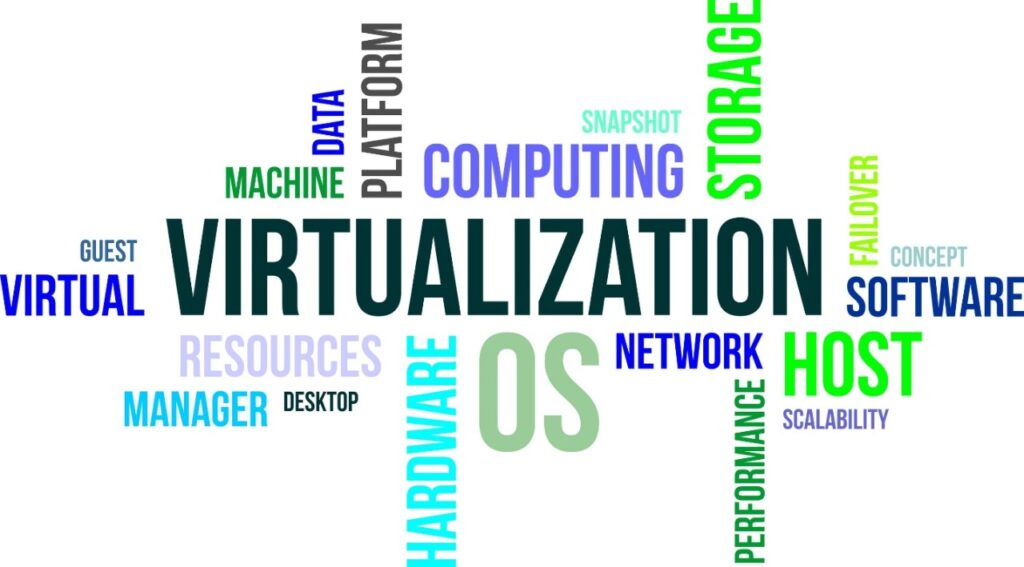
System integration is defined as the process of connecting separate computer systems or software applications into a single larger system, allowing each solution to work together. It is an ecosystem where multiple systems are connected on a common platform, resulting in easy availability of data on a real-time basis.
System integration enables organizations to access and visualize data simultaneously for better decision-making. The global system integration market size was USD 278.0 billion in 2018 and is expected to expand at a CAGR of 11.7% with time.
Some of the key factors driving the market growth are listed below:
Thus, digitization and centralization of business processes have encouraged companies to choose information technology solutions. Furthermore, increasing technological advancements, such as cloud and virtual technologies, are anticipated to favorably impact market growth.

System integration is a cost-effective approach for IT application software and infrastructure present across the globe. It ensures enhanced infrastructure management, reduces data redundancy, and maintains data integrity, resulting in improved organizational productivity and efficiency.
Also, organizations across the globe are influenced by technological advancements such as hardware and software solutions, mobility applications, and big data management software. This has resulted in increased demand for reduced complexity and standardized business processes, thereby creating opportunities for the market.
Due to the global pandemic, rising consumer inclination towards virtualization is also anticipated to be one of the key factors driving the market growth.

Virtualization ensures the simultaneous execution of multiple applications and enables a user to perform various other tasks at the same time on the same server.
Furthermore, virtualization reduces additional IT operating costs and ensures increased utilization, flexibility, and efficiency of computer hardware.
The heavily distributed data can be integrated using office applications and front-end tools. However, data virtualization technology surpasses this issue and aids in simplifying data access.
Also, data virtualization software provides the notion of a database, where the data is stored and integrated. Therefore, companies are considering the integration of their data and adopting virtualization technologies to procure added advantages.
According to a recent study by California-based market research and consulting company Grand View Research, the global system integration (SI) market is expected to hit nearly $530 billion by 2025.
Based on services, the system integration market is classified into infrastructure integration, application integration, and consulting.
Infrastructure integration facilitates multiple users to use single hardware and is thus a cost-effective option for various industries with less capital to invest in hardware. The infrastructure system integration services include everything that Data Center Infrastructure Management (DCIM), building management, integrated communication, and network integration need.
Reports say that consulting segment is estimated to expand at a CAGR exceeding 10.0% over the forecast period. Consulting services include business process integration, application lifecycle management, and business transformation. The growth of the consulting segment can be contributed to the rising need for enterprises to support users in designing their Business Continuity Plan/Disaster Recovery Plan. The application integration service segment is also expected to witness significant growth over the forecast period owing to the growing number of cloud-based and mobile applications.
In the middle east region, the market is majorly categorized into IT and telecommunications, defense and security, BFSI, oil and gas, healthcare, transportation, retail, etc.
As per the report, the BFSI segment held the largest market share exceeding 15.0% in terms of revenue.
However, the IT and telecommunications industries are projected to witness significant growth over a while. Many thanks to rapid industrialization and the growth of IT companies across the region.
Additionally, increasing governments support in different sectors like healthcare and banking to boost their investments in technology is also expected to fuel the growth of the technology market
During the pandemic time healthcare industry is witnessing increased adoption of technology across hospitals and medical facilities to maintain transparency of data with advanced security.
In addition, the systems integration approach helps improve service quality, as well as data storing and retrieving capability. In the middle of this, Asia Pacific is anticipated to expand at a CAGR of over 10.0% from 2019 to 2025 as per the various reports.
This is accredited to the globalization and virtualization of data along with the growing demand for system integration services in the telecom industry.
System Development groups and IT departments are no doubt seriously wrestling with myriad new and existing applications as they embark on a digital transformation strategy with various architectures and payload formats in the system series.
A comprehensive single integration platform can connect and centralize the systems and applications that enable the entire business processes and tackle software integration challenges within the network.
A centralized platform in a network comes pre-loaded with applications, SaaS, and B2B/EDI integration connectors to power a dynamic enterprise, whether it’s on-prem or in the cloud.
The right solution allows you to customize adaptively and integrate applications to suit your entire business needs without any additional scripting on top of it.
Rather than continuing to rely on disparate, legacy, and outdated systems, modernizing your latest IT environment allows you to streamline all communications while gaining more automation, control, and visibility, which strongly strengthens those partner relationships.

As a part of the digital transformation, the new trend of automation saves time and money by replacing manually initiated processes with software that reduces the maximal errors, enhances your work and process flow while lowering expenses and improving efficiency across the board.
Dependency on customized solutions also takes you to sink more up-front costs into your tools. It requires senior developer sources that have inherent apparent risks, as well as developers to communicate throughout the entire software development cycle.
All Companies must modernize their IT systems as much as possible to achieve not only IT agility but business agility as well. The fast shift to digital requires companies to have more flexibility on their front-end applications so that companies can say “yes” to their customers, while also requiring more agility on the back end to connect and orchestrate data to make use for processing.
By automating the majority of your business processes, your precious talented IT resources spend valuable time on other core tasks. A digital transformation strategy means that just time-consuming projects are no longer a considerable burden on employee resources and bandwidth.
It is your choice whether you are adding a SaaS solution to help drive business outcomes, moving large amounts of data into a cloud integration platform, or your business is a service organization that thrives on delivering faster and agile responses to customer requests, you blindly rely on integration to make data flow work.
Regardless of what kind of business you do, or size, you need a scalable infrastructure to support any-to-any hybrid integration, data transformation, fast and secure file transfer, and end-to-end visibility of all the data flowing through your dynamic ecosystem this is the real spirit of the system integration.
The market is extremely consolidated and characterized by tight competition with the presence of big global players such as Cisco Systems, Inc.; Capgemini; Accenture; Fujitsu Limited; Oracle Corporation; Infosys Limited; and HCL Technologies; among others.
These companies particularly focus on enhancing complete product quality by adopting the latest and innovative cooling techniques to enhance their market presence and expand their geographical reach.
The numerous system integration companies in the SME segment will fuel the market demand at the grass route level, especially in the Middle East market.